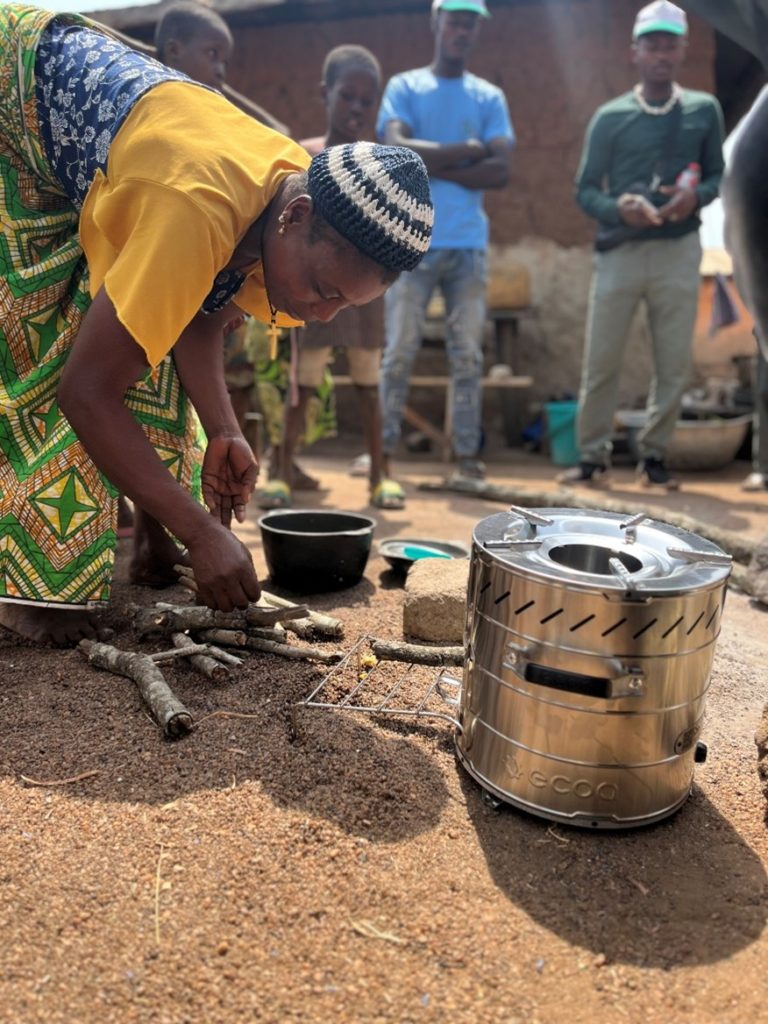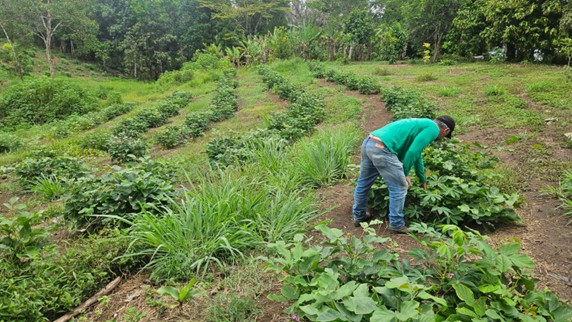
Today, March 21, we celebrate the International Day of Forests, and this year’s theme is Forest and Foods, which highlights the crucial intersection between forests and the food we depend on.
We call ecosystem services all the benefits that ecosystems (including forests) provide to people and the planet. They are divided into four main categories:
While we may take them for granted, forests actually play a vital role in food security, as we can see from all the ecosystem services that influence food production and consumption, both directly and indirectly. Here are a few examples:
Mushrooms, fruits, seeds, nuts, tubers, leaves, honey, insects and wild meat are only a few products among many others that we often consume from forests. According to the Food and Agriculture Organization (FAO), forests provide food, medicine and livelihoods for more than 5 billion people (Shackleton & De Vos, 2022)!
More than 2 billion people (IEA, 2024) rely on wood and other traditional fuels for cooking. Wood is still commonly used by rural households as a source of cooking energy to make food edible.
Forests support farming and food production by providing many regulating services, hosting pollinators, protecting soil from erosion, providing high-quality water, offering food and shade for livestock, regulating temperatures, and acting as natural barriers against the wind for crops.
Forested watersheds provide freshwater to more than 85% of the world’s major cities (McDonald & Shemie, 2014). Sustainable forest management has the potential to enhance water quality for over 1.7 billion people residing in large urban areas, contributing to their food and water security.
At hummingbirds, we develop and design Nature-based Solutions (NbS) projects with a holistic approach. We integrate carbon finance to bring benefits that go way beyond carbon, focusing also on other benefits, including air quality, water, poverty reduction, health and food security – catalyzing forests’ ecosystem services!
As part of our reforestation project Mount Kei Reforestation, in Uganda, we have put in place an intercropping agreement with local stakeholders to support food production in the first years of the reforestation, generating a win-win situation. The trees grow healthier with the nutrients and organic matter that the crops bring, while smallholder farmers legally obtain the right to grow their crops in the inter-rows of the planting areas. In this project, we are also restoringthe riparian forests with native species, which, in turn, will protect the water sources, supporting the whole landscape, including agricultural lands.

Project Bissap, in Benin, also has a strong link with food, as it focuses on the distribution of improved cookstoves that consume less fuelwood. By understanding the current cooking habits and needs of the local communities, we designed a project that supports especially women, as they are usually responsible for cooking. This way, it is good for the environment, as it decreases the harvesting pressure on forests, and good for the people, as it decreases the time needed in wood collection and harvesting, as well as diminishes the quantity of smoke during cooking events.

Finally, project Sapucaia in Brazil includes an agroforestry component with valuable species aiming at producing fruits with fine uses, such as açaí (Euterpe oleracea), cacao (Theobroma cacao) and robusta coffee (Coffea canephora). On top of supporting the generation of revenue to smallholder farmers, certain species, such as açaí also have very high nutritional value, being considered a “superfood”.

At hummingbirds, we have extensive experience designing projects that leverage carbon finance to create lasting, positive impacts for and thanks to forests, as well as other types of ecosystems. If you’re planning a project and want to explore how carbon finance can amplify its effects, we’d love to help!
Happy International Day of Forests to all, from the hummingbirds’ team!